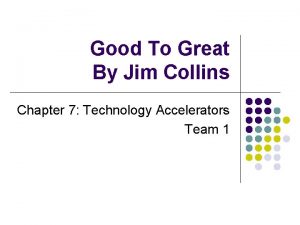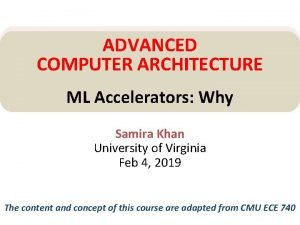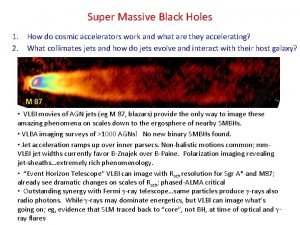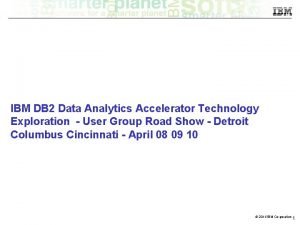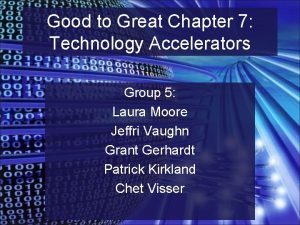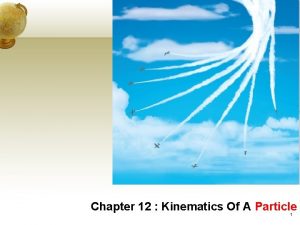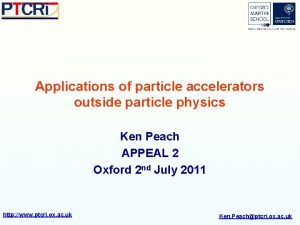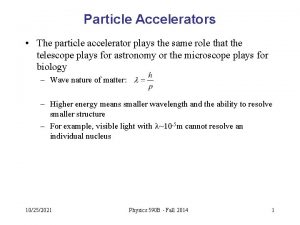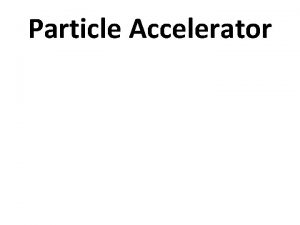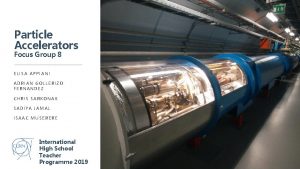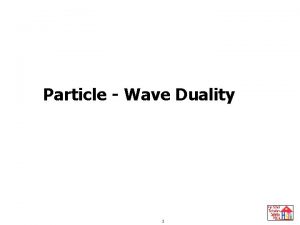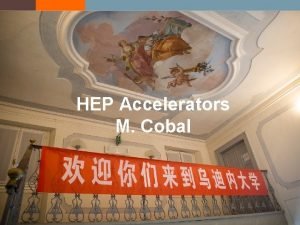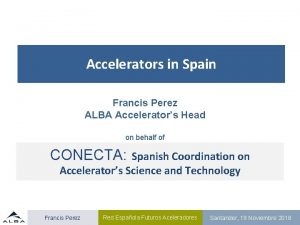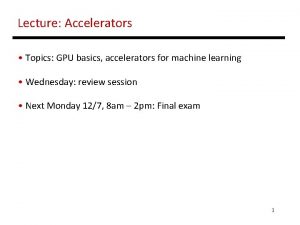Focus G4 Particle Accelerators A T E S












- Slides: 12

Focus G-4 “Particle Accelerators” A T E S O N Accelerating Enable of Nature To Study

General Overview of CERN Chain of Accelerators


Why Do We Need Accelerators help to : ü Increase the particle energy ü Only FE can increase the particle energy ü increase the velocity and the momentum of particles ü Deflect particles - FB is by far the most effective changing the particle direction ü These particles are then made to collide which creates new particles

Basic elements of an Accelerator • Structures in which the particles will move • Structures to accelerate the particles • Structures to steer the particles • Structures to measure the particles

Types of accelerators Linear Circular • Particles are accelerated in a straight line. • Each accelerating element is used only one time. • Charged particles are accelerated in RF cavities by electric impulse. • Accelerating elements are used many times. • The particle beam trajectory is bended by magnets. • In colliders bunches of particles can be used many times.

circular cyclotron • The magnetic field is constant, • The radius is increasing. • The time for single revolution is constant (isochronic). • Electric field accelerates particles only in the gap between the dees. synchrotron • The radius is constant. • The magnetic field is changed synchronously. • The beam trajectory is bended in horizontal plane by dipole magnets.

Two types of student reactions: jjjjjjjjjjjjjjjjjjjjjjjjjjj MISS, MY MIND IS jjjjjjjjjjjjjjjjjjjjjjjjjjj BLOWWWNNNN! jjjjjjjjjjjjjjjjjjjjjjjjjj WHAAAAT? (MINION VOICE) BUT, both the type of students have the same question.

But Miss, HOW DO I VISUALIZE THIS?

CURVES? ? ? ? 1. Does the ball slow down? Right, KEY POINTS TO KNOW IF YOU WANT TO GET A NOBEL PRIZE 1. Straight line: Radio frequency cavity 2. Bend: Dipole magnets 3. Slows down? Synchrotron radiation

• Classroom activities The salad bowl accelerator (S’Cool Lab) is a simple model for explaining the workings of real particle accelerators, such as the LHC. • https: //www. scienceinschool. org/content/particle-accelerator-your-saladbowl • Linear accelerator

• Classroom activities www. golabz. eu Go-Lab online platform for IBL lesson plans.
 The long-term future of particle accelerators
The long-term future of particle accelerators Good to great chapter 9
Good to great chapter 9 Accelerators computer architecture
Accelerators computer architecture Cosmic super accelerators
Cosmic super accelerators Slidetodoc
Slidetodoc Analytics query accelerators
Analytics query accelerators Good to great technology accelerators
Good to great technology accelerators Cost focus and differentiation focus
Cost focus and differentiation focus Cost leadership strategy
Cost leadership strategy Actor focus vs object focus
Actor focus vs object focus Focus on form vs focus on forms
Focus on form vs focus on forms Kinematics of a particle
Kinematics of a particle Hypothetical particle faster than light
Hypothetical particle faster than light

